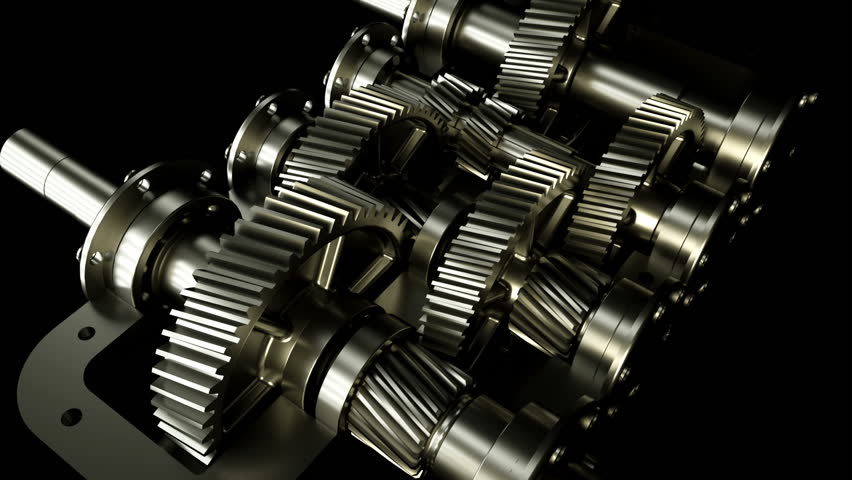E.T. Hone Home
October 22, 2024


Unlike the vintage car market, it is tough to decide if a particular gearbox is worthy of the “resto mod” treatment. We will get into the “how to upgrade” later and will devote this episode to identifying worthy candidates for modernization. Over the years, some product lines built up very large “installed bases.” They were produced with only minor improvement for multiple decades and had the versatility to be used in many industries. Many equipment builders integrated them into their process lines so deeply that it is very difficult to fit a more modern replacement without extensive downtime. As those product lines aged, however, support from the original equipment manufacturer [OEM] diminished. These units are great candidates for improvement. On the other end of the spectrum, there are thousands of very “custom” gearboxes employed in a wide variety of applications for which OEM parts are simply not available. The more custom or the more deeply integrated these “orphans” are into the plant, the better they respond to upgrading. So, what “classics” are a waste of your time? The smaller the gearbox the less likely it will be to support the cost of an upgrade. A forty- or fifty-pound single reduction worm gear reducer, for example, ought to be replaced with a modern equivalent via new couplings and adapter plates. Your customer will thank you for assisting them in avoiding throwing good money after bad. Conversely, the bigger a gearbox is, the more likely you can save them time and money with an upgrade to the gears, shafts, bearings, and seals. Sadly, our community no longer has a healthy number of competitors vying to build new custom gearboxes. This represents a wonderful opportunity for well-equipped gear shops to assist local factories in truly fixing maintenance hogs while improving productivity.